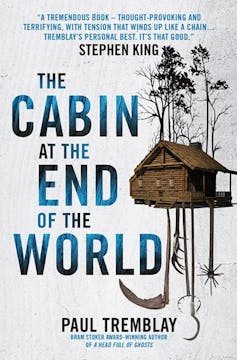Two authors are suing OpenAI for training ChatGPT with their books. Could they win?
Mona Awad and Paul Tremblay’s lawsuit claims their books were used without their consent. But copyright protection doesn’t apply to ideas – they’ll need to demonstrate the likelihood of economic loss.





